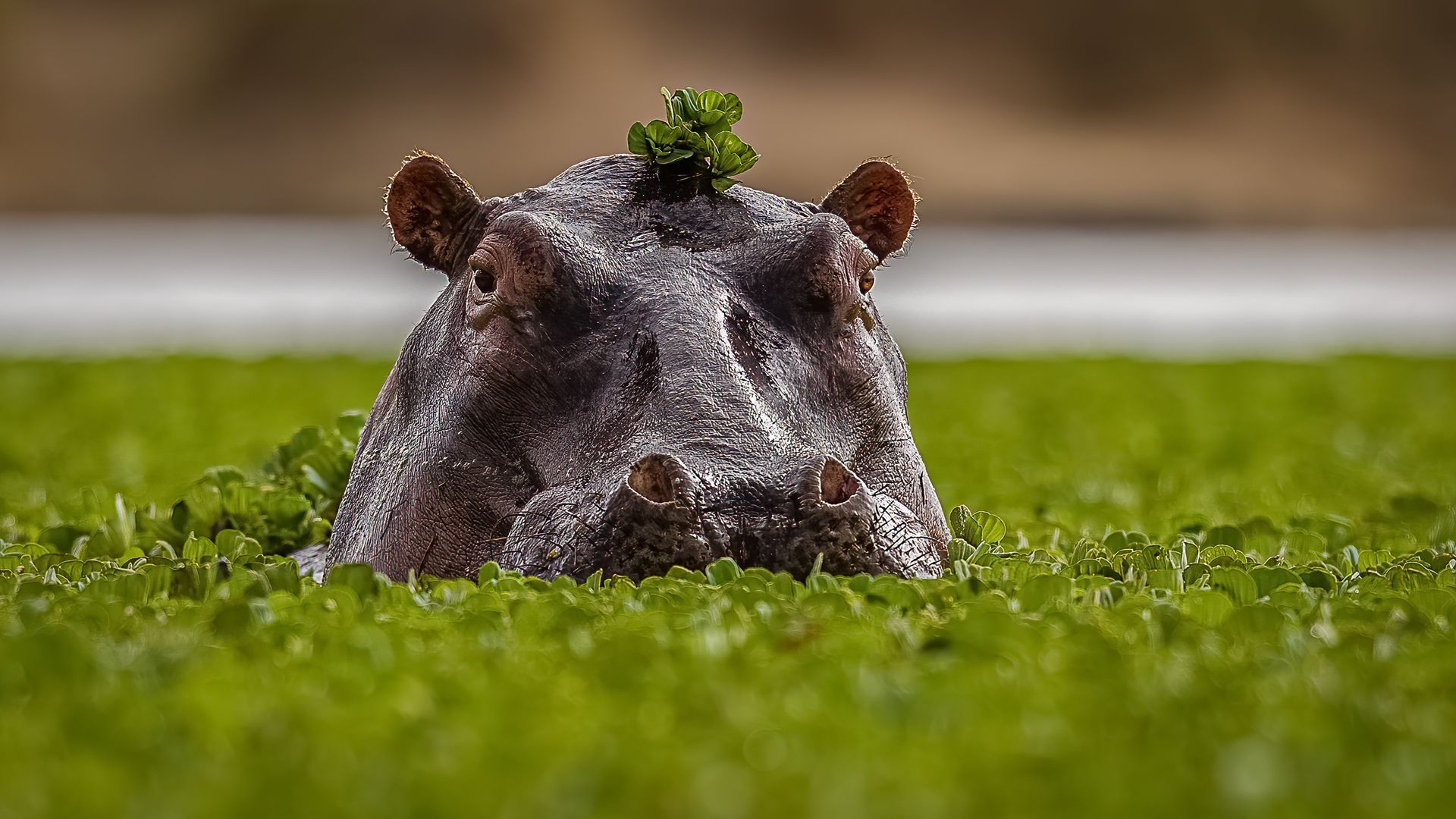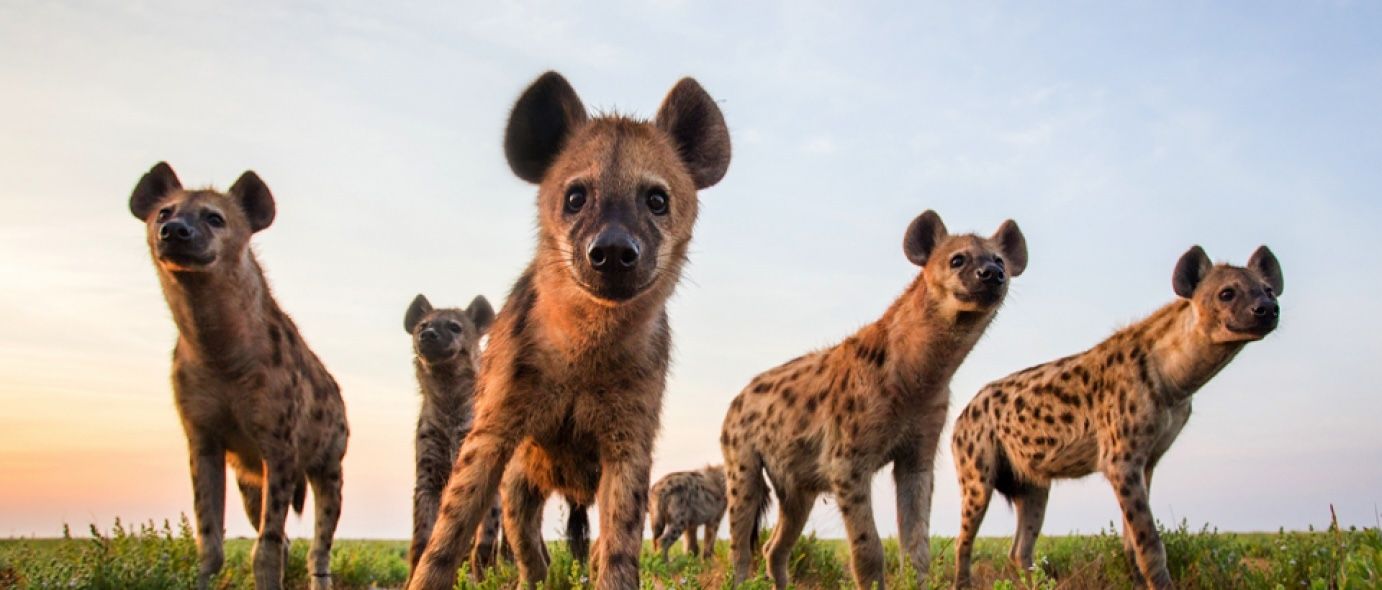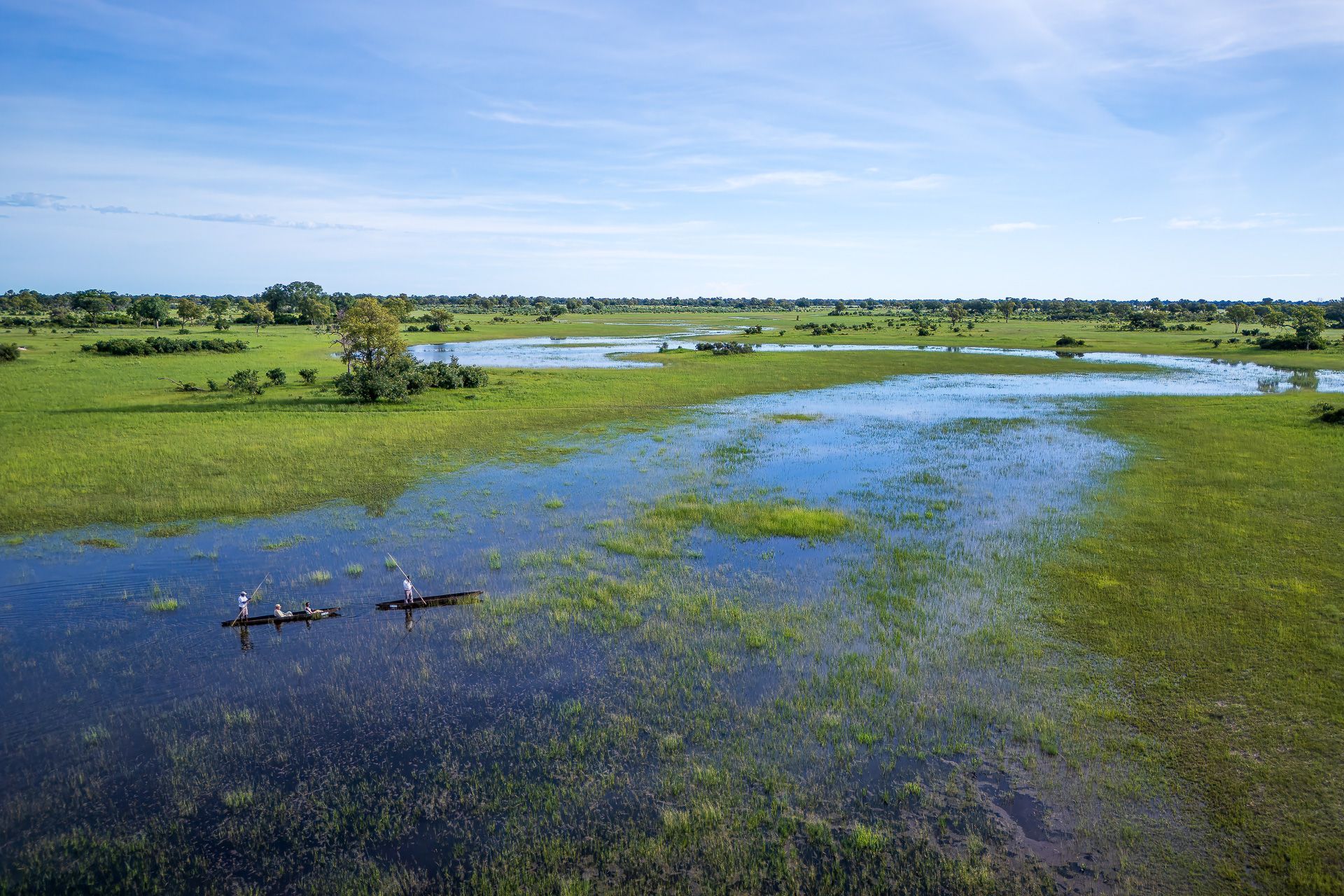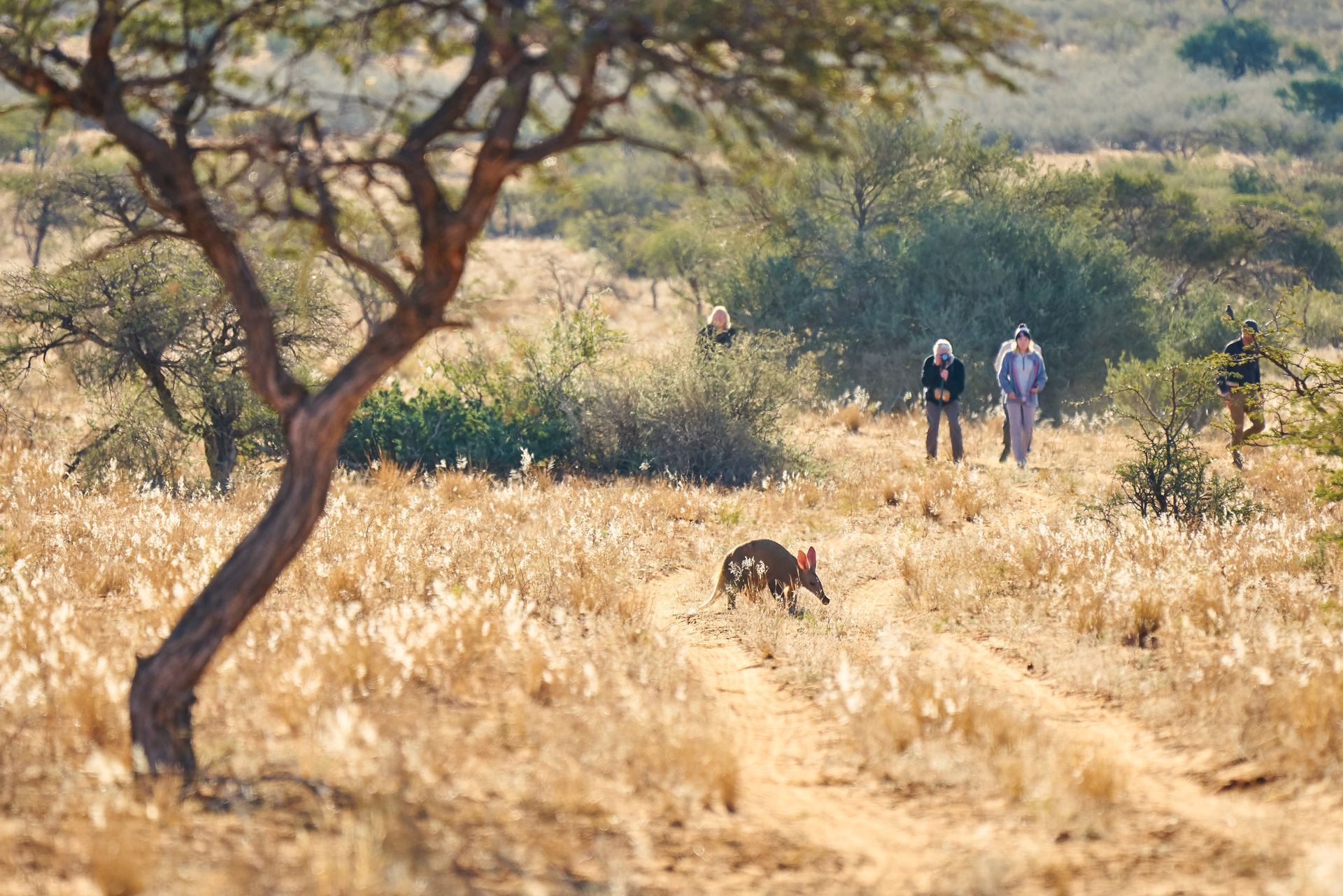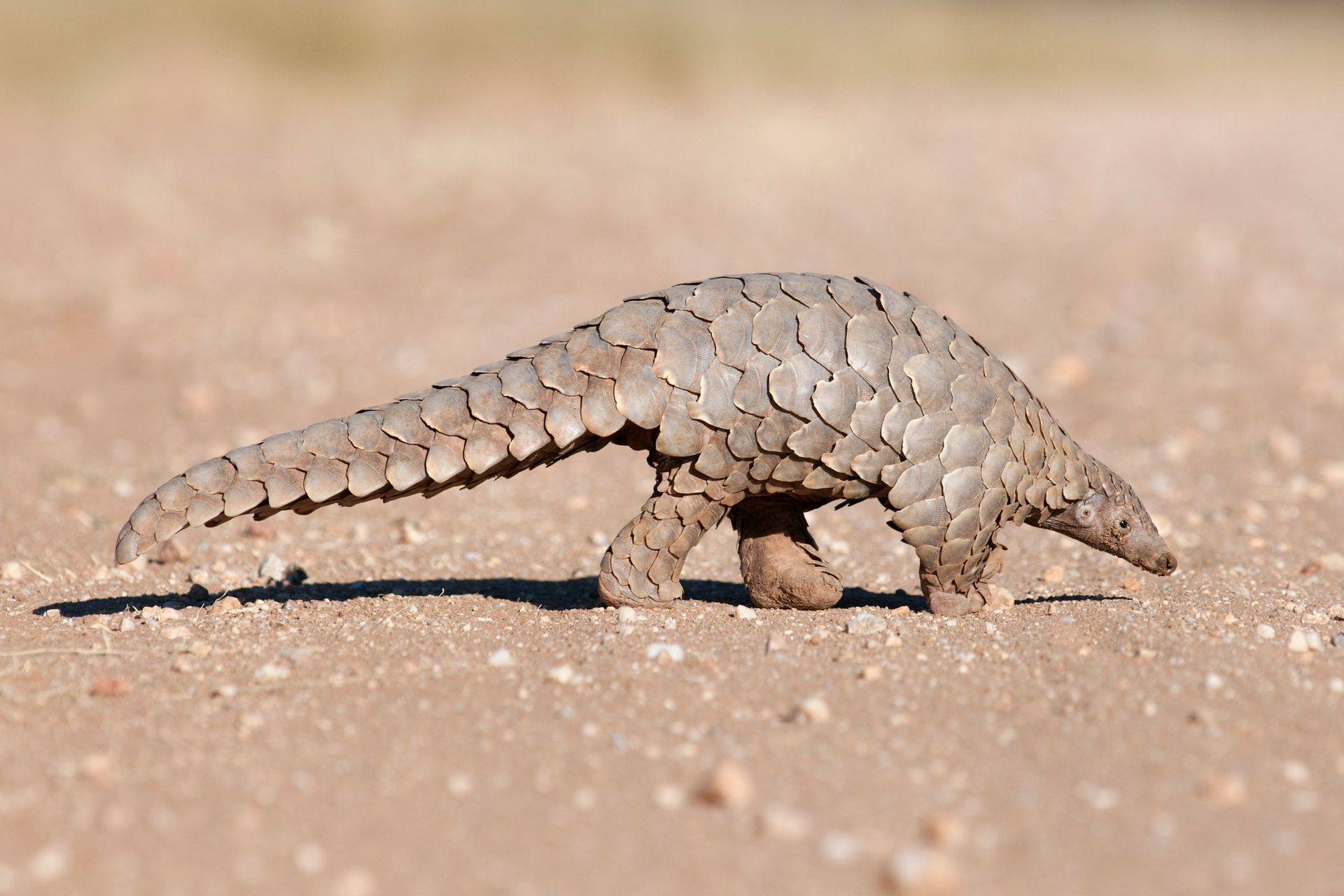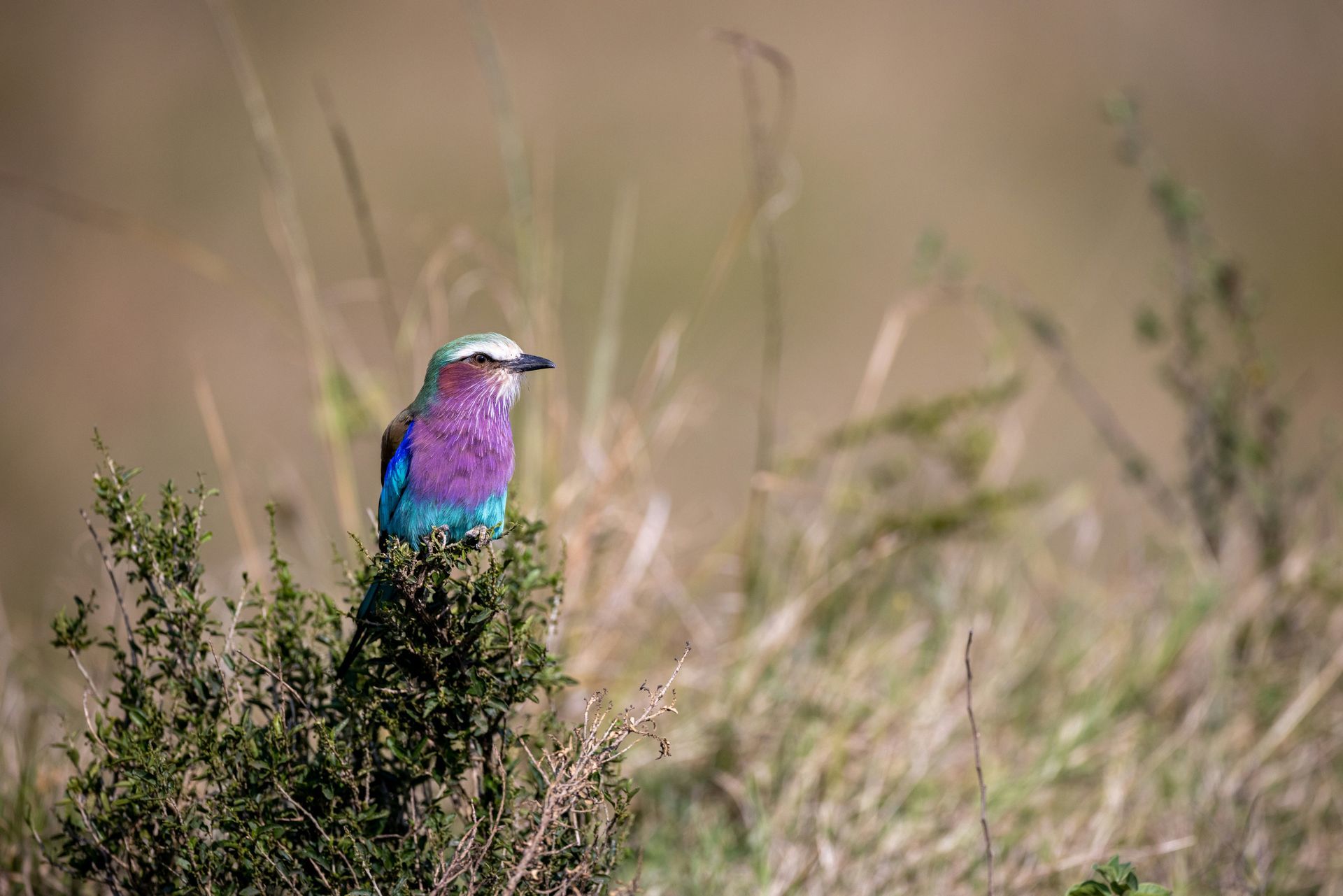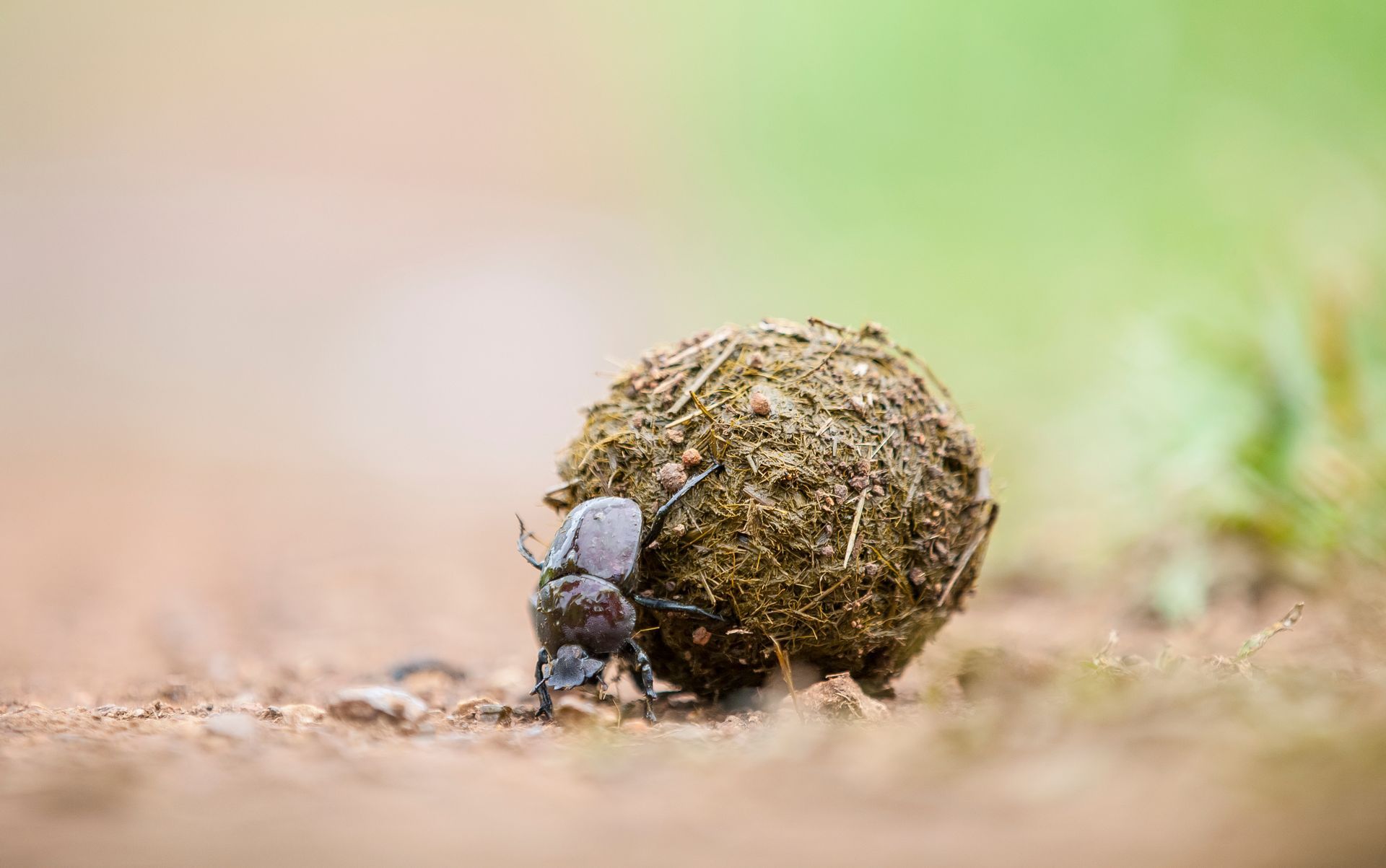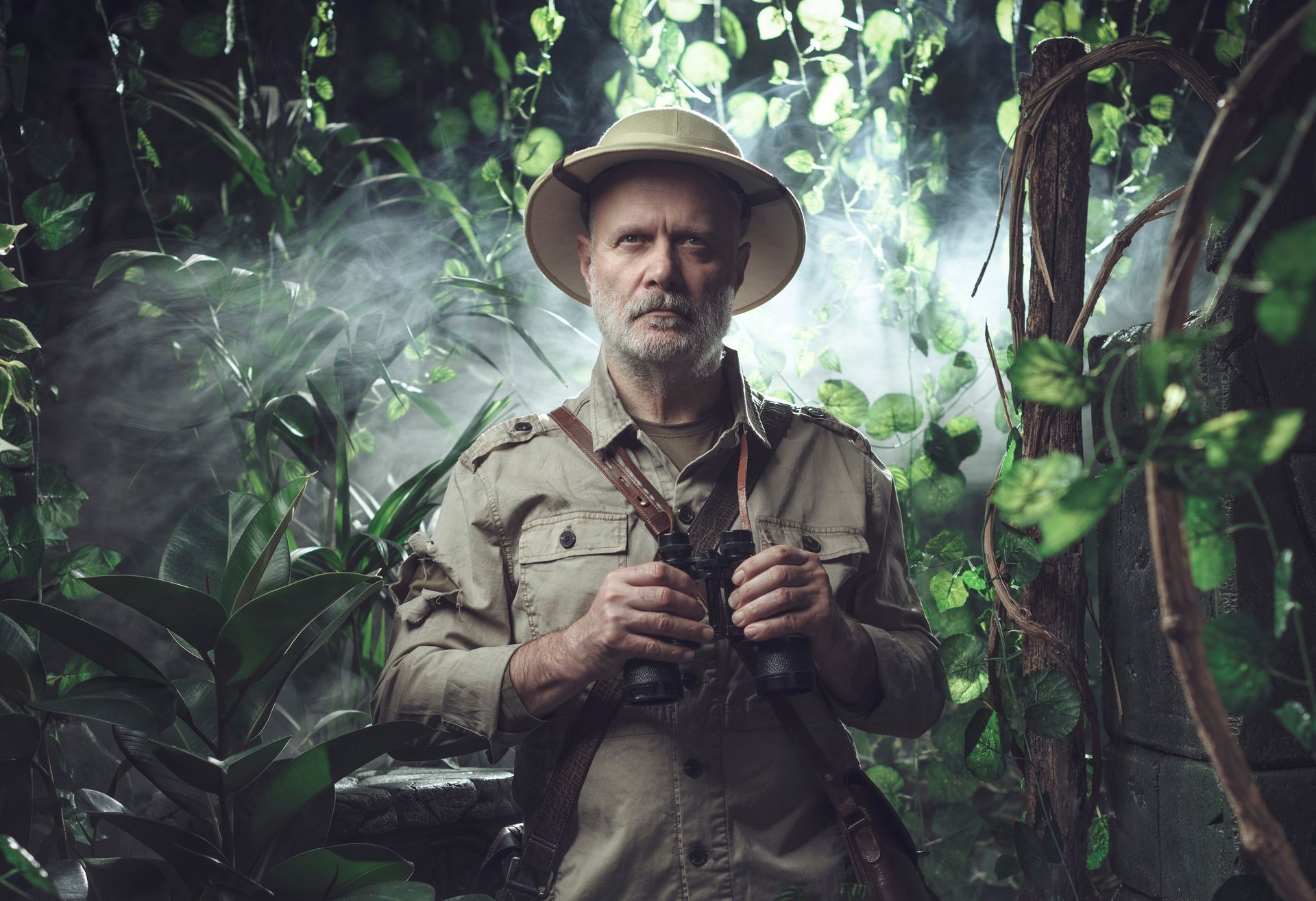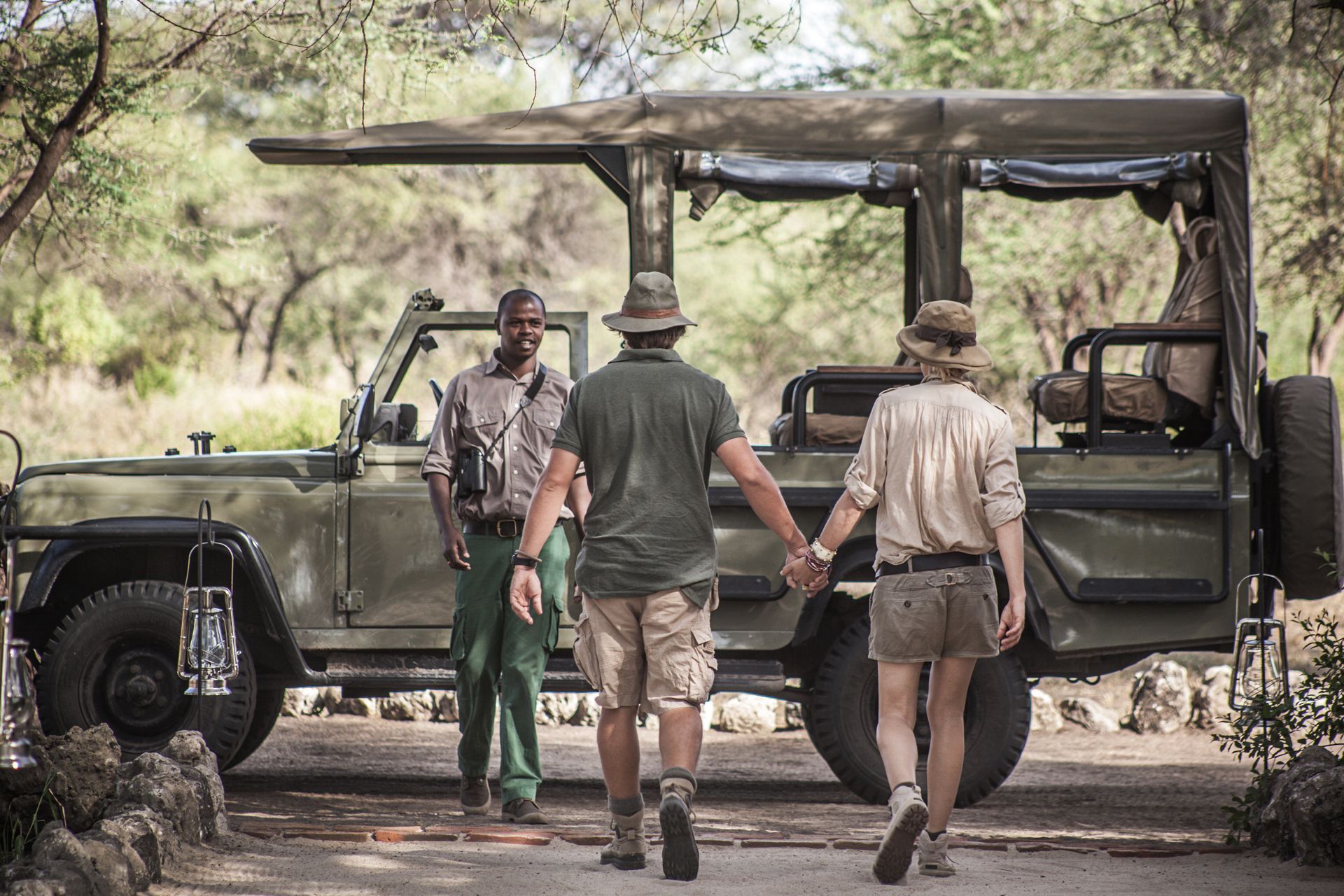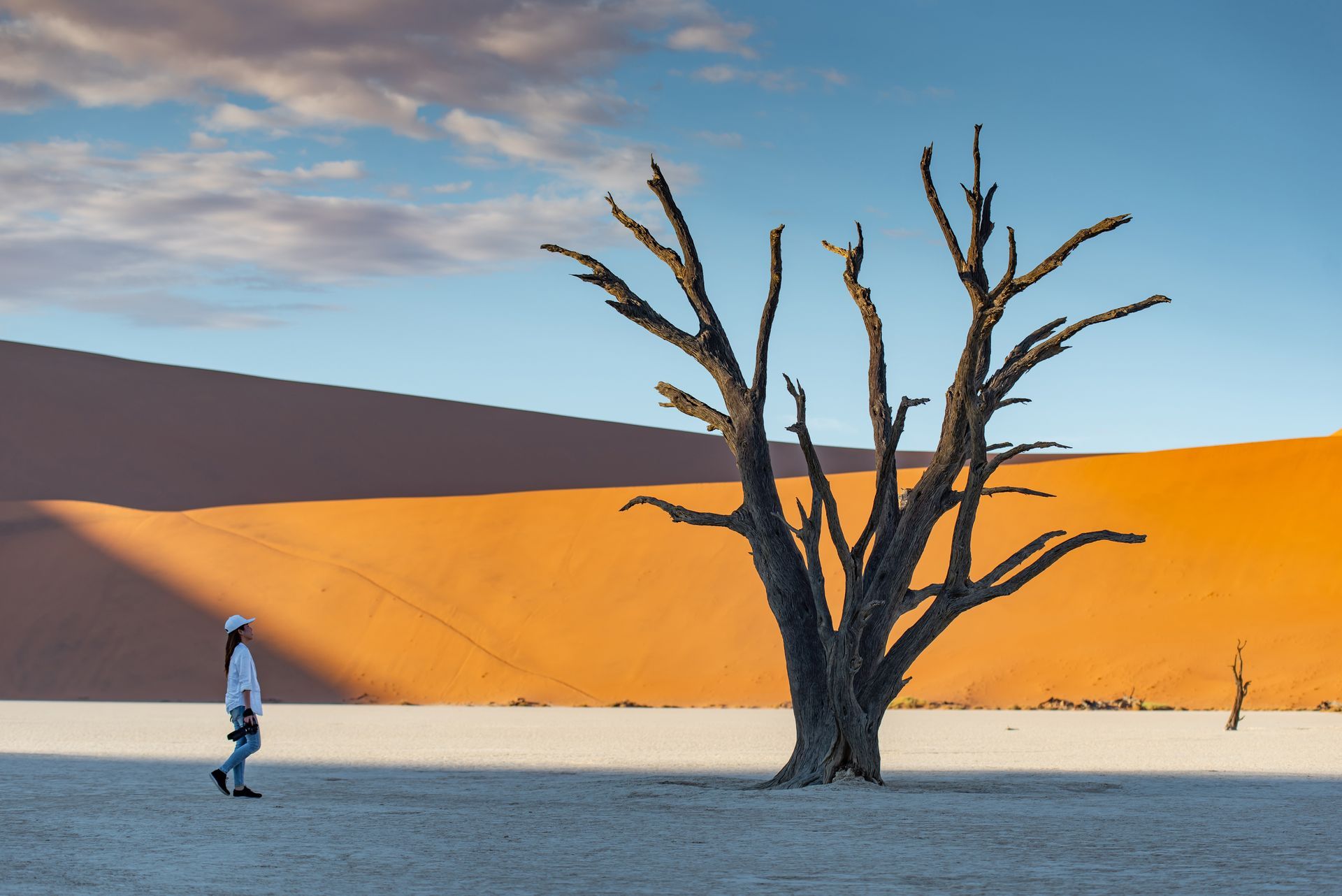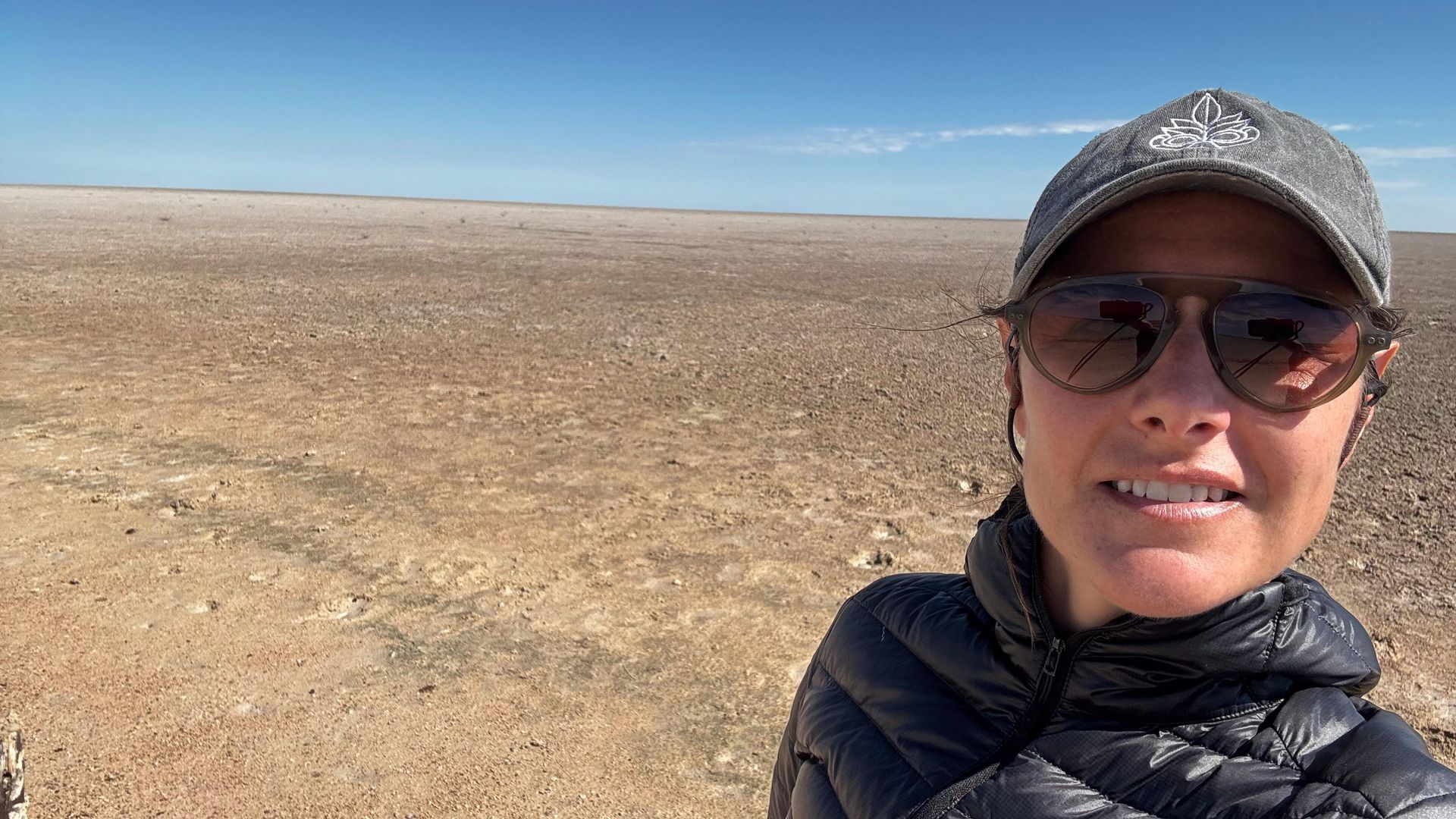BEYOND THE BIG FIVE
Meet Africa’s hidden animal superstars
Virtually everyone comes to Africa with a dream: the lion in the golden light, the leopard draped over a branch like royalty, the elephant rolling in a dust bath. And don’t get us wrong - we adore these iconic species and the rest of the Big Five. They’ve earned their fame. But Africa is not a one-act show. It’s an epic, multi-layered production where some of the most fascinating characters slip quietly between the scenes. So let's take a look at the extras and behind-the-scenes stars of the African wilderness and what makes them stand out...
Yes, lions are magnificent - but have you ever locked eyes with a pangolin? Or stopped to marvel at the magnificence of a dung beetle? Or the technicoloured dreamcoat of a lilac-breasted roller? While the Big Five dominate the safari brochures and social media threads everywhere, there's a whole cast of wildlife that deserves a standing ovation. These are the unsung heroes - the curious, the colourful, the quietly extraordinary. And once you start noticing them, you might just find they steal the whole show.
Pangolin: The holy grail of the wilderness
It's akin to a pinecone with swagger, standing almost T-rex-like on its back legs, bumbling along in search of its sole food source - ants. Meet the ground pangolin - a beast of mythical proportions for anyone who loves wildlife.
There’s rare, and then there’s pangolin rare. And while the animals themselves are not rare, seeing one is perhaps the most rare sighting you can have. These solitary, scale-covered creatures are the ultimate safari jackpot - not just because they’re elusive (which they are, with bells on), but because they’re absolutely fascinating. Covered head to toe in keratin scales, they look like something from a medieval fantasy. When threatened, they curl into a perfect, armoured ball, baffling predators and delighting every guest lucky enough to witness them.
Pangolins are nocturnal ant-eaters, shuffling through the darkness in search of ants and termites, which they slurp up with a tongue that’s longer than their body. They're gentle, mysterious, and endangered - which makes seeing one in the wild not just exciting, but deeply meaningful. Don't get your hopes up, but you never know. You might get lucky!
Lilac-breasted roller: A flash of fireworks on wings
If the savannah had a best-dressed list, the lilac-breasted roller would be top of it. With feathers that span the colour wheel - from turquoise to lilac and green to royal blue - this small bird manages to be both flamboyant and fiercely territorial. It’s often seen perched bolt upright on a bare branch, scanning for insects to snatch mid-air.
Despite its dazzling looks, the roller is no pampered bird of paradise. It’s a skilled flier, capable of extraordinary aerial acrobatics - especially during its dramatic courtship rituals, where pairs plunge and twist through the sky like feathered daredevils, rolling (as its name implies) earthward. It’s not uncommon to spot one just metres from your vehicle, sitting pretty as if waiting for its close-up. So keep your phone/camera/device handy to snap it before it flies.
Aardvark: The oddball icon
Let’s be honest, the aardvark isn’t winning any beauty pageants. But what it lacks in glamour, it makes up for in mystery. With its long ears, shovel-like claws, and tubular, pig-like snout, the aardvark is the sort of creature that makes you question what the gods of evolution were doing and whether they may have been imbibing.
This shy, nocturnal mammal emerges under cover of darkness to hoover up termites, using its incredibly powerful limbs to dig through hardened soil with astonishing ease. And while they’re tough to spot, especially in areas with thick bush, catching a glimpse of an aardvark is an experience few safari-goers forget. Strange? Certainly. But wonderfully unique too.
Lesser bush baby: The big-eyed acrobat of the night
Lesser bush babies - also known as galagos - are pint-sized primates with oversized eyes and a spring-loaded leap that would make an Olympic long jumper blush. Their baby-like cries and chirps can often be heard before they’re seen, echoing through the treetops after sunset like something out of a thriller film.
But don’t let their sometimes-eerie soundtrack fool you. These are delightful little creatures, leaping through the canopy and clinging to branches with astonishing agility. They feed on insects, fruits, and tree sap, and their social lives are as active as their acrobatics. Blink and you’ll miss them - but the moment you do see one, it’s magic.
Dung beetle: Small, strong, and surprisingly noble
Yes, the dung beetle spends its life rolling balls of poop. But before you wrinkle your nose, let’s take a moment to appreciate the unsung brilliance of this tiny recycler. Dung beetles play a vital role in maintaining the health of the ecosystem - cleaning up waste, aerating soil, and dispersing seeds as they go.
There are even species that navigate using the Milky Way (no, really), rolling their precious cargo backwards while doing a handstand in a straight line away from the source before burying it for Mrs Dung Beetle to use as a larder for the kids. Watching a dung beetle at work is a reminder that no job is too humble to be essential - and that in the wild, even the smallest creatures leave an enormous impact.
The beauty of looking closer
What ties these animals together isn’t their fame - it’s their intrigue. Each one is a quiet masterpiece of evolution, perfectly adapted to its environment, often overlooked but never unremarkable. They’re reminders that the real joy of safari lies not just in ticking boxes, but in observing with curiosity and wonder.
So, the next time you head out into the bush, tell your guide you're after the hidden stars. The pangolins, the bush babies, the beetles that move planets (well, close enough). Because it’s in the quiet moments, the unexpected sightings, and the whispered stories of the wild that Africa reveals its richest rewards.
And yes, lions are lovely. But sometimes, it’s the little things that leave the biggest impression. So, let's hear it for these amazing critters and the hundreds more across Africa who don't get the exposure they deserve! Weird, wonderful and fabulously wild... You'll see a few in the video below!
Text: Sharon Gilbert-Rivett
